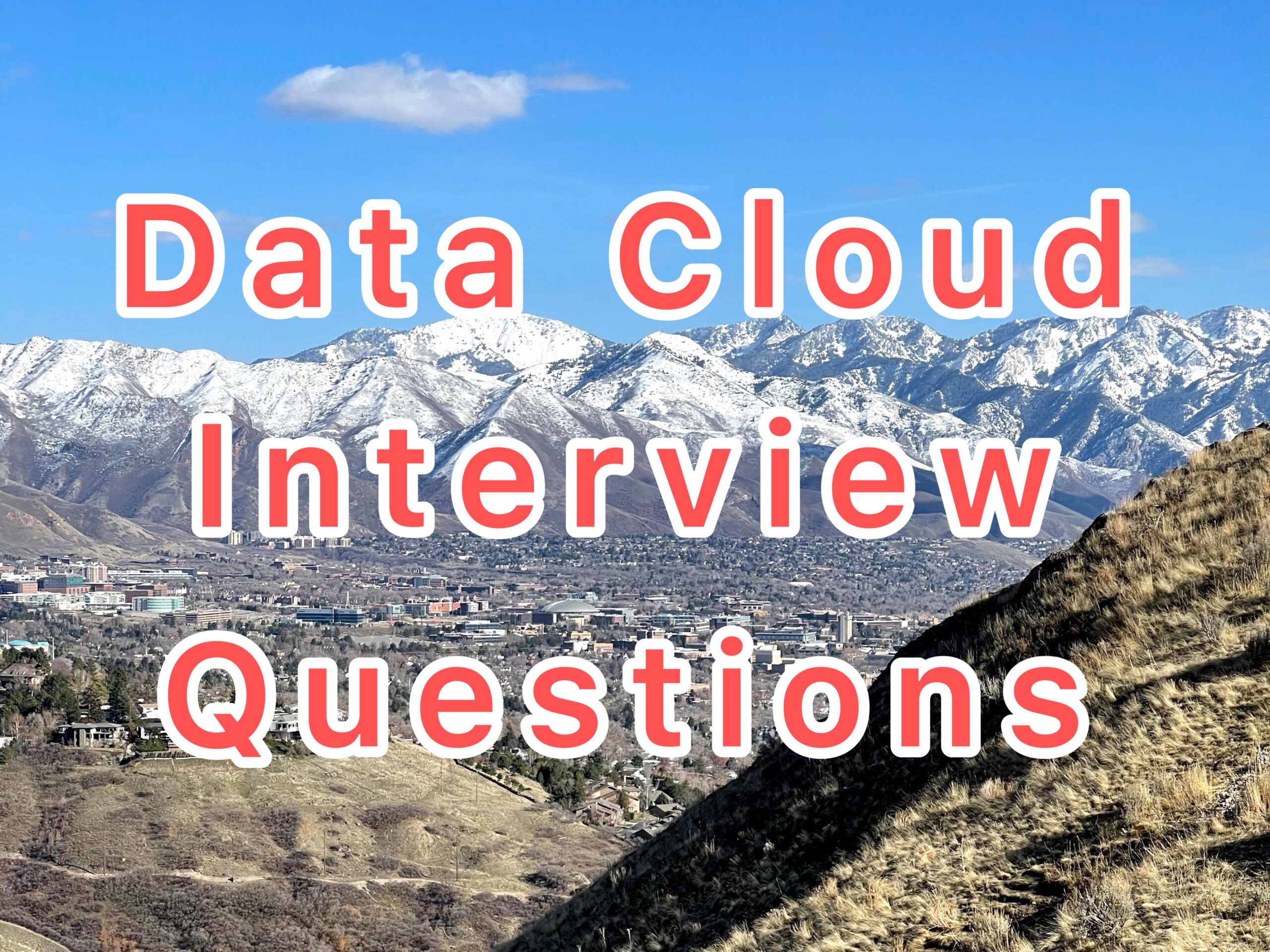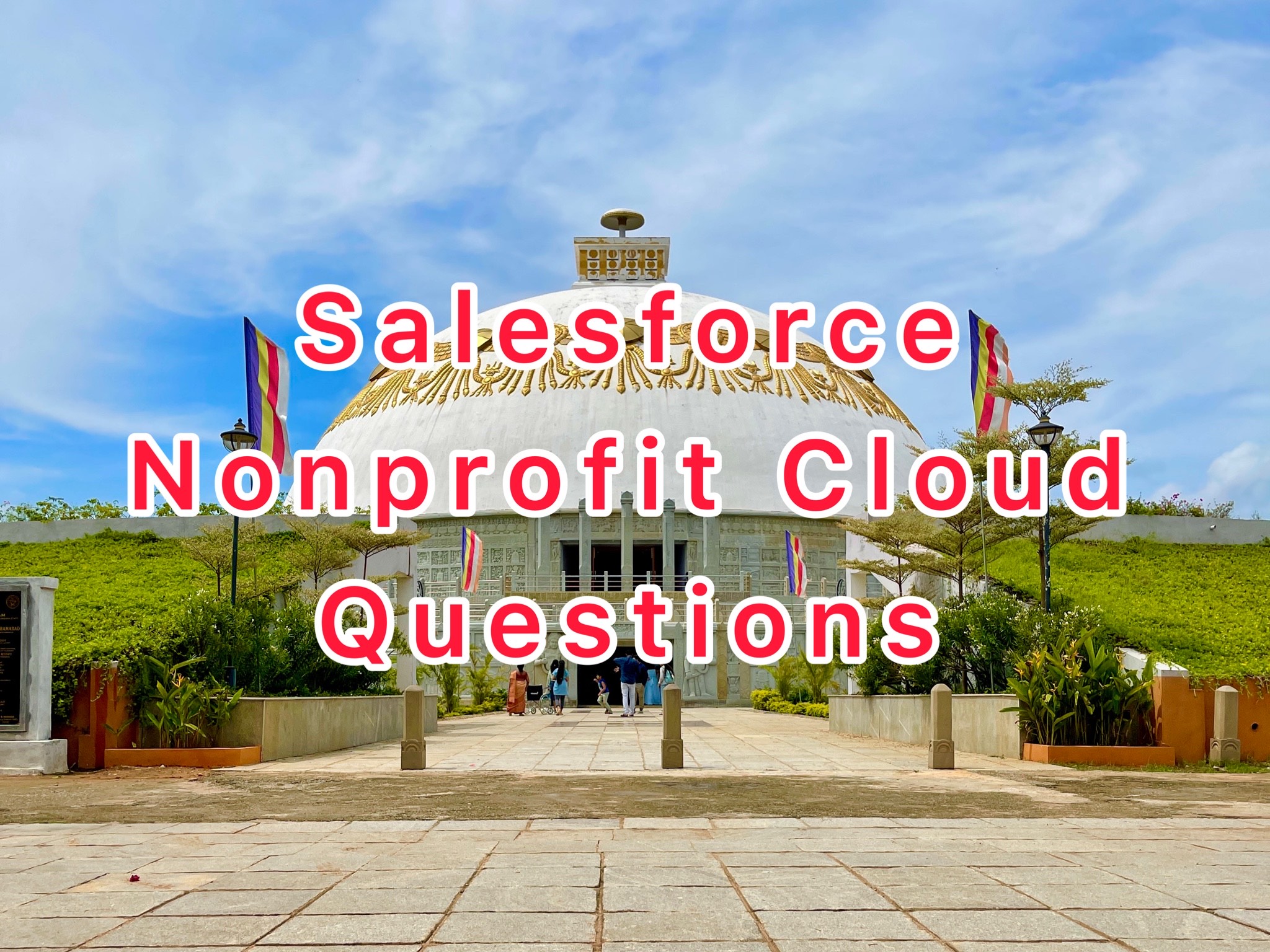Einstein Prediction Builder Interview Questions and Answers.
Q1. What is Einstein Prediction Builder?
Einstein Prediction Builder is a tool that allows companies to build custom predictions, based on their own use cases and data. Einstein does this through machine learning, which uses past data to predict future.
Q2. What are the two types of predictions supported by Einstein Prediction Builder?
Einstein Prediction Builder supports numeric or binary predictions:
- Numeric Predictions: Leverage historical information to predict a number
- Binary Predictions: leverage historical information to answer a yes/no question
Q3. Explain Einstein Prediction Builder lifecycle.
Einstein Prediction Builder lifecycle has six steps:
- Define your use case
- Plan your predictions
- Fill out the Prediction Builder Wizard
- Review your scorecard
- Enable your prediction
- Use model in production
Q4. What is Dataset?
The overall set of data; the set of records on the object you’re predicting (for example, the records from the Invoice object.
Q5. What is Segment?
A subset of your dataset that includes filtering in certain records, defined by filter conditions (for example, adding a filter to include customers who do not have automatic payments).
Q6. What is Example Set (Training Set)?
Data from the past that Einstein learns from and uses to build the prediction.
- Example set: “Yes” Examples: Data examples that have a “yes” value for what you are predicting (for example, a customer paying their invoice late). This is required for a yes/no prediction but not a numerical prediction.
- Example set: “No” Examples: Data examples that have a “no” value for what you are predicting (for example, a customer paying their invoice on time). This is required for a yes/no prediction but not a numerical prediction.
Q7. What is Prediction Set (Scoring Set)?
The set of records for which Einstein predicts values.
Q8 What is Score(result)?
Predicted value on a record in your dataset. The score for a yes/no prediction, is the probability of your prediction being true. The score for a numerical prediction, is the predicted number (that is, the predicted price of a house). It appears in a custom field that Einstein adds to the records.
Q9. What is the difference between Precision and Recall
Precision: How often was Einstein right?
Recall: How often did Einstein predict correctly?
Q10. What’s the best way to roll out a prediction?
- Do a phased rollout. Get feedback and do A/B testing.
- Compare your predictions to actuals and KPIs regularly.
- Make sure predictions are useful. Stay in touch with key stakeholders and key people who us the prediction.
- Review your model and assumptions from time to time.
- Build the next one. Use learnings from previous predictions to create a more effective prediction.
Q11. List some Einstein Prediction Builder limits.
The table below lists some of the key limits:
| Description | Limit |
|---|---|
| Maximum Fields to be included for prediction’s outcome | 1000 |
| Minimum number of records for overall dataset (or segment if dataset is segmented) | 400 |
| Minimum number of records for example records (example set) | 400 |
| Minimum number of records for true and false values (binary fields only) | 100 per value |
| Minimum number of records to predict | 1 |
Q12. Einstein Prediction Builder Guided Setup Steps.
Please refer the blow image for Guided Setup Steps.

Additional Resources
This article will be updated soon. Pease come back for more Einstein Prediction Builder Interview Questions and Answers.
Recommend Articles
- Salesforce Financial Services Cloud Accredited Professional Exam Guide
- How to Pass Salesforce Business Analyst Certification Exam?
- How to Pass Salesforce Strategy Designer Certification Exam?
- Salesforce Certified User Experience (UX) Designer Exam Guide
- Latest 100+ Salesforce Interview Questions & Answers for 2022


